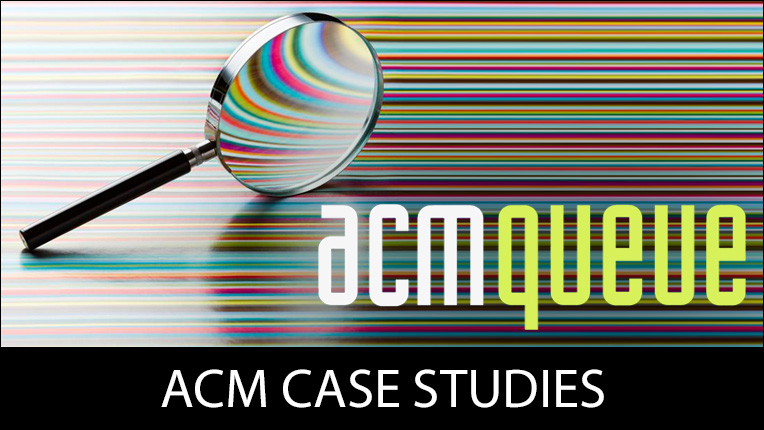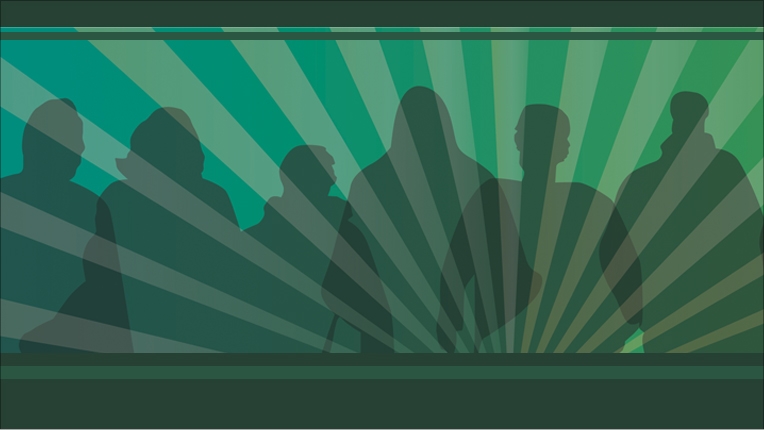Position Descriptions - Volunteer Editors of ACM Journals
Reviewed June 2018
This document supplements the policy of Roles and Responsibilities in ACM Publishing by enumerating the specific authorities and duties of volunteers in leadership roles in the ACM journal publications program.
Compensation and Compensation-Based Conflicts-of-Interest
Appointed by the ACM Publications Board, Editors-in-Chief (EiCs) of ACM journals are delegated full responsibility for the editorial management of the journal consistent with the journal's charter and general ACM policies. The Board relies on EiCs to ensure that the content of the journal is of high quality and that the editorial review process is both timely and fair. To carry out these duties EiCs have the following authorities:
- To appoint (and to excuse as necessary) Associate Editors (AEs), Information Directors, and Editorial Assistants to carry out the editorial operations of the journal.
- To make final decisions on editorial content.
- To make minor adjustments to the scope of the journal in response to changes in the research community served by the journal.
- To propose significant changes to the scope of the journal to the Publications Board in response to changes in the research community served by the journal.
The EiC is responsible for the content of the journal, normally making all final decisions (i.e., accept, revise, or reject) regarding the disposition of manuscripts. In addition, EiCs have the following responsibilities:
- To ensure that all volunteers are properly trained to perform their duties.
- To perform initial evaluation of submitted manuscripts to ensure that they are properly within the scope of the journal and meet minimum requirements for a research paper.
- To assign manuscripts to AEs to obtain expert reviews.
- To monitor the progress of manuscripts to ensure timely processing.
- To ensure that the review process is carried out with fairness and integrity. In particular, to ensure that procedures for exposing and managing conflicts-of-interest are in place and adhered to.
- To ensure that the editorial management system contains a complete and accurate record of the status and disposition of each submitted manuscript.
- To coordinate with ACM Publications staff to ensure the smooth handoff of accepted manuscripts for publication.
- To manage the annual page budget allocated by the Publications Board, and to work with Publications staff and the Board to address persistent shortages/overages.
- To coordinate with the EiCs of other ACM publications with which there is technical overlap.
- To promote the journal among the community of authors, such as by working closely with the organizers of relevant conferences to develop and maintain a pipeline of quality submissions.
- To cooperate with ACM Headquarters staff in the development of plans and materials suitable for marketing the journal.
Senior Associate Editors (SAEs) are Associate Editors (AEs) that have been assigned additional responsibilities and duties by the Editor-in-Chief (EiC) that are substantially above and beyond the typical AE responsibilities and duties. The SAE designation serves to provide recognition of this exceptional level of service and dedication to the publication. This position is optional and created at the discretion of the EiC. Consistent with the intent of the SAE designation, it would be expected that an Editorial Board contain a small number of SAEs in relation to the number of AEs. SAE appointments are made by the EiC, and the duties of an SAE are specified by the EiC. Some example duties might include:
- Taking responsibility for soliciting manuscripts in a particular subarea.
- Assigning papers to appropriate Associate Editors.
- Assisting the EiC in selecting Associate Editors to serve on the Editorial Board.
- Working directly with AEs to ensure a high-quality and timely review process.
- Working closely with organizers of relevant conferences to develop and maintain pipelines of quality submissions.
- Assisting the EiC in creating pools of reviewers dedicated to rapid turnaround of reviews.
- Maintaining and monitoring various statistics on the health and vitality of the journal (e.g., acceptance rates, time to decision, etc.)
The appointment of a Senior Associate Editor must specify the additional duties/responsibilities of the Editor. When appropriate, this information should also be included in listings of the Editorial Board members on the journal's website.
Associate Editors (AE) manage the review process for submitted manuscripts. To carry out these responsibilities, AEs typically perform the following duties:
- Identify appropriate referees, secure their agreement to perform reviews, and ensure that the reviews are submitted in a timely manner, and are appropriate for use.
- Ensure that all potential conflicts-of-interest are identified and properly managed.
- Prepare reports summarizing the main findings of the review process for authors and the EiC.
- Recommend the appropriate disposition of the manuscript to the EiC.
- Ensure that the editorial management system contains a complete and accurate record of the status of each manuscript under their control.
An Information Director appointed by the EiC is responsible for creating, maintaining and updating all information on the journal home page. This position is an unpaid volunteer position. The Information Director is listed on the masthead of the journal. The person suitable for this position might be a junior faculty member, a graduate assistant, or anyone with the necessary web skills. The Information Director must keep the website up-to-date, including making any editorial board member changes in a timely manner.
The Journal home page is located on an ACM server and must contain basic information:
- Editorial Charter
- Editorial Board (including institutions, contact information and areas of expertise)
- Current Issue and Archive (links to the Digital Library)
- Author Information (with link to Manuscript Central submission site)
- Subscription Information
- Calls-for-Papers
Optionally, the Information Director may be assigned other tasks by the EiC related to the journal's communications portfolio, such as posting Tables-of-Contents and calls for papers to mailing lists, and social media.
Compensation and Compensation-Based Conflicts-of-Interest
All of the positions described in these policies are volunteer positions. ACM's editors and information directors shall receive no direct compensation from ACM, nor shall their employers receive funds from ACM in exchange for their service. ACM believes volunteer professional service is part of professional responsibility and strongly encourages employers of volunteers to consider such service by their employees as within the scope of their employment.
Further, no funds expended by ACM on behalf of a journal shall accrue to the direct benefit of a volunteer editor or information director, or to the direct benefit of the immediate family member of a volunteer editor or information director. This prohibition includes, but is not limited to, disallowing hiring the volunteers or their family members as paid staff (e.g., editorial assistants) or contractors (e.g., for web site design work).
Cost-reimbursed travel on behalf of a journal for bona fide reasons (e.g., travel to promote a journal at a conference in the field or to hold an editorial board meeting) and approved by ACM is not considered a direct personal benefit or compensation.
Revised May 16, 2014
Lifelong Learning
ACM offers lifelong learning resources including online books and courses from Skillsoft, TechTalks on the hottest topics in computing and IT, and more.

ACM Case Studies
Written by leading domain experts for software engineers, ACM Case Studies provide an in-depth look at how software teams overcome specific challenges by implementing new technologies, adopting new practices, or a combination of both. Often through first-hand accounts, these pieces explore what the challenges were, the tools and techniques that were used to combat them, and the solution that was achieved.

